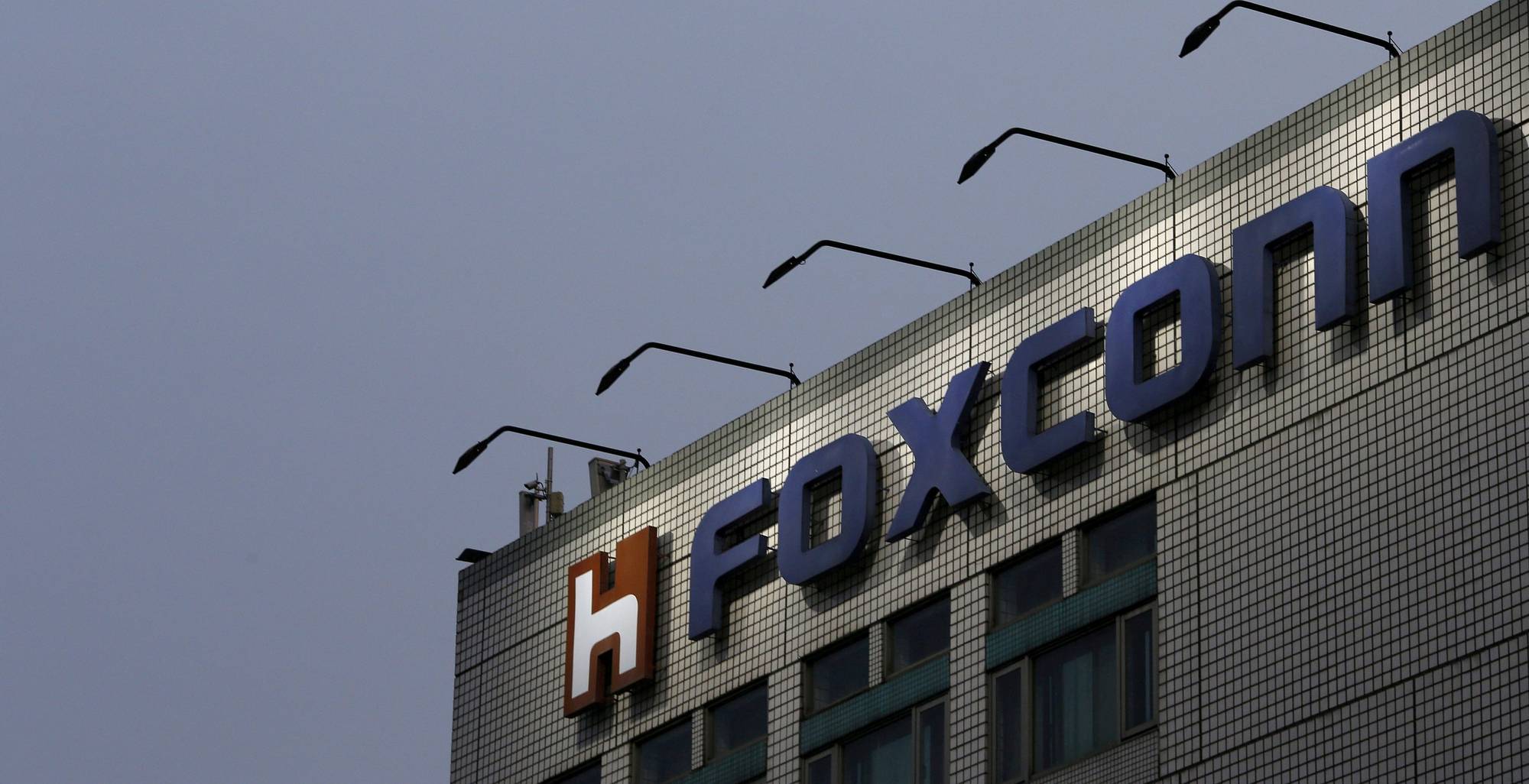
iPhone manufacturer Foxconn is reportedly moving some limited Apple production to India and Taiwan in response to the coronavirus outbreak that has taken more than 900 lives worldwide.
In a note to clients, seen by AppleInsider, renowned Apple analyst Ming-Chi Kuo writes that Foxconn has moved “limited” iPhone production to India, along with a factory in Taiyuan, the capital city of Shanxi province in Northern China.
Foxconn was allowed to resume production Monday at its key iPhone plant in the eastern central Chinese city of Zhengzhou after being forced to shut it following the virus outbreak, but a source claims only ten percent of the workforce has returned so far.
About 16,000 people, or under ten precent of Foxconn’s workforce in Zhengzhou have returned to the plant, the source said, adding that company executives were trying very hard to negotiate with authorities to resume production in other parts of China, including Kunshan, in southeastern Jiangsu province.
Foxconn hasn’t yet been allowed to restart production in Shenzhen.
The manufacturer instructed employees in Shenzhen via email to not return to work on Tuesday as authorities are scheduled to conduct checks at the plant again later this week.
Foxconn employees who have returned to work on Monday following an extended Lunar New Year holiday have been told to wear masks, undergo temperature checks and adhere to a specified dining system.
Foxconn said in a statement that it’s working with authorities to meet requirements to resume production across China “in a staggered and orderly manner”. It even built its own production lines to make two million masks per day for its employees by late February.
Ming-Chi Kuo estimated that Zhenghzou would initially see between forty and sixty percent of workers as the plant restarted. Similarly, Kuo believes that the Shenzhen plant will see only between thirty and fifty percent of its total required workforce returning.
Of these two Foxconn plants, Zhenghzou is believed to be the most critical at the moment because it is were the majority of iPhone 11 and iPhone 11 Pro models are assembled. However, Shenzhen is thought to be where the forthcoming iPhone 12 is being worked on, so delays now will have repercussions later.
Apple is taking the Wuhan coronavirus threat seriously. According to CEO Tim Cook last week, the company is donating to groups that are working to contain the outbreak.
As people in China and around the world celebrate the Lunar New Year, we send our love and support to the many impacted by the Coronavirus. Apple will be donating to groups on the ground helping support all of those affected.
— Tim Cook (@tim_cook) January 25, 2020
“We’re also working very closely with our team and our partners in the affected areas, and we have limited travel to business-critical situations,” he added. “The situation is emerging and we’re still gathering lots of data points and monitoring it very closely.”
For the current quarter, Apple is estimated to ship five to ten percent fewer handsets versus projections prior to the outbreak, according to analysts like Ming-Chi Kuo. The Cupertino tech giant previously closed its retail stores and corporate offices in the 1.4 billion people country in response to the undeniable impact of the disease on iPhone manufacturing.
According to new research from Canalys, seen by Reuters, these ongoing issues could halve smartphone sales in the region and even delay planned product launches by local companies.
Vendors’ planned product launches will be canceled or delayed, given that large public events are not allowed in China. It will take time for vendors to change their product launch roadmaps in China, which is likely to dampen 5G shipments.
Apple isn’t expected to refresh the current iPhone lineup before September, but it could be planning to hold a media event in spring to announce a new low-cost iPhone model.
According to the latest stats, the coronavirus has claimed lives of more people than the SARS pandemic of 2003, which was one of the worst medical crises in recent Chinese history. The current death toll due to the coronavirus is pegged at 910 while the number of confirmed cases is at more than 40,000 worldwide.
Be sure to check out the World Health Organization’s official website for the latest about the coronavirus spread and how to protect yourself.